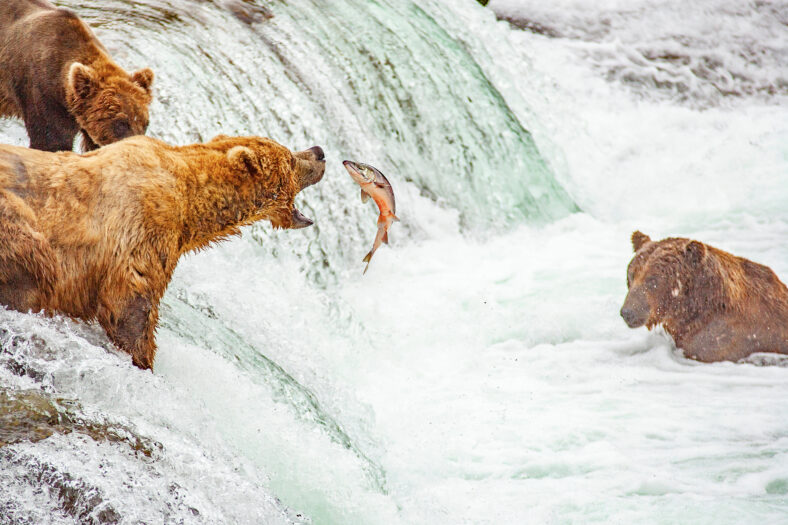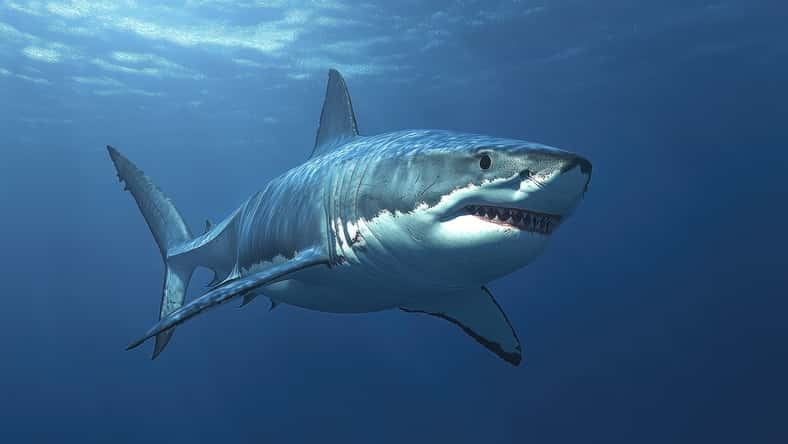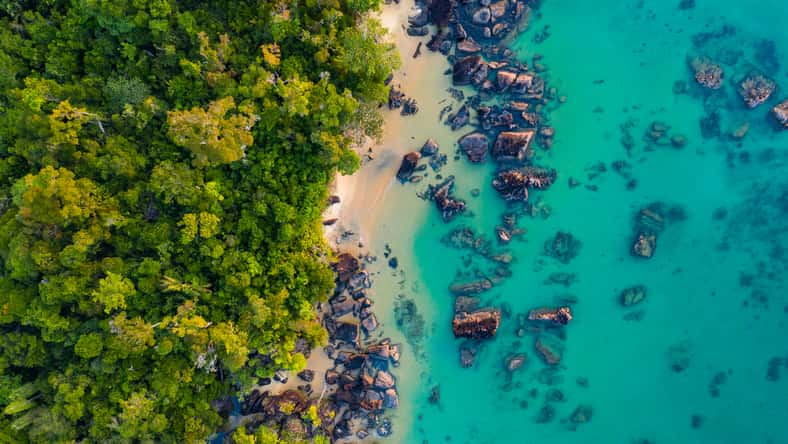
Even after wastewater is treated, small doses of the medications that humans commonly take are still found and end up making their way into the environment.
Almost 1,000 different pharmaceuticals have been detected in waterways around the world, including Antarctica. A new study has shown how these drugs affect wildlife, particularly salmon.
“Pharmaceutical pollution, or chemical pollution in general, is really this invisible agent of global change,” said Jack Brand, the lead author of the study and an environmental researcher at the Swedish University of Agricultural Sciences.
“It’s probably posing a greater risk than at least what the public acknowledges. This is a potentially significant threat to our aquatic wildlife.”
The research team gave the drug clobazam to young Atlantic salmon in order to better understand the risk. The doses were similar to what they would be exposed to in the wild.
Clobazam is a common anti-anxiety and sleep medicine that belongs to a group of medicines called benzodiazepines. It can also be used to treat epileptic seizures. Traces of the drug are often found in wastewater.
The team used tracking tags to monitor the fish on their 17-mile migration from the Dal River in Sweden to the Baltic Sea. They take this perilous journey when they become mature adults.
The salmon that were given the medication were more likely to reach the open sea than the untreated fish. They also got to their destination faster, quickly passing two major hydropower dams that usually slow other fish down. They were about two to eight times faster than other fish.
The drugged salmon may have had an increased willingness to take risks, causing them to migrate differently. They became bolder because they were less inhibited.

Sign up for Chip Chick’s newsletter and get stories like this delivered to your inbox.
The change might seem helpful to the salmon, but migrating faster is not necessarily a good thing. Whenever normal animal behavior is altered by human activity, it’s a red flag.
“It’s important to realize that any change to the natural behavior and ecology of a species is expected to have broader negative consequences, both for that species and the surrounding wildlife community,” said Marcus Michelangeli, a co-author of the study and a behavioral ecologist at Griffith University in Australia.
The researchers also studied the drug’s impact on salmon in the lab. The fish displayed signs of solitary behavior.
They were less likely to gather in groups, even when a predatory northern pike swam past, suggesting that clobazam reduces natural fear responses.
Their independence could make them more susceptible to being eaten, decreasing their odds of making it back home to produce offspring.
Although the drug-exposed salmon may be more likely to reach the Baltic Sea, they are less likely to leave it alive.
The new findings were published in the journal Science.












